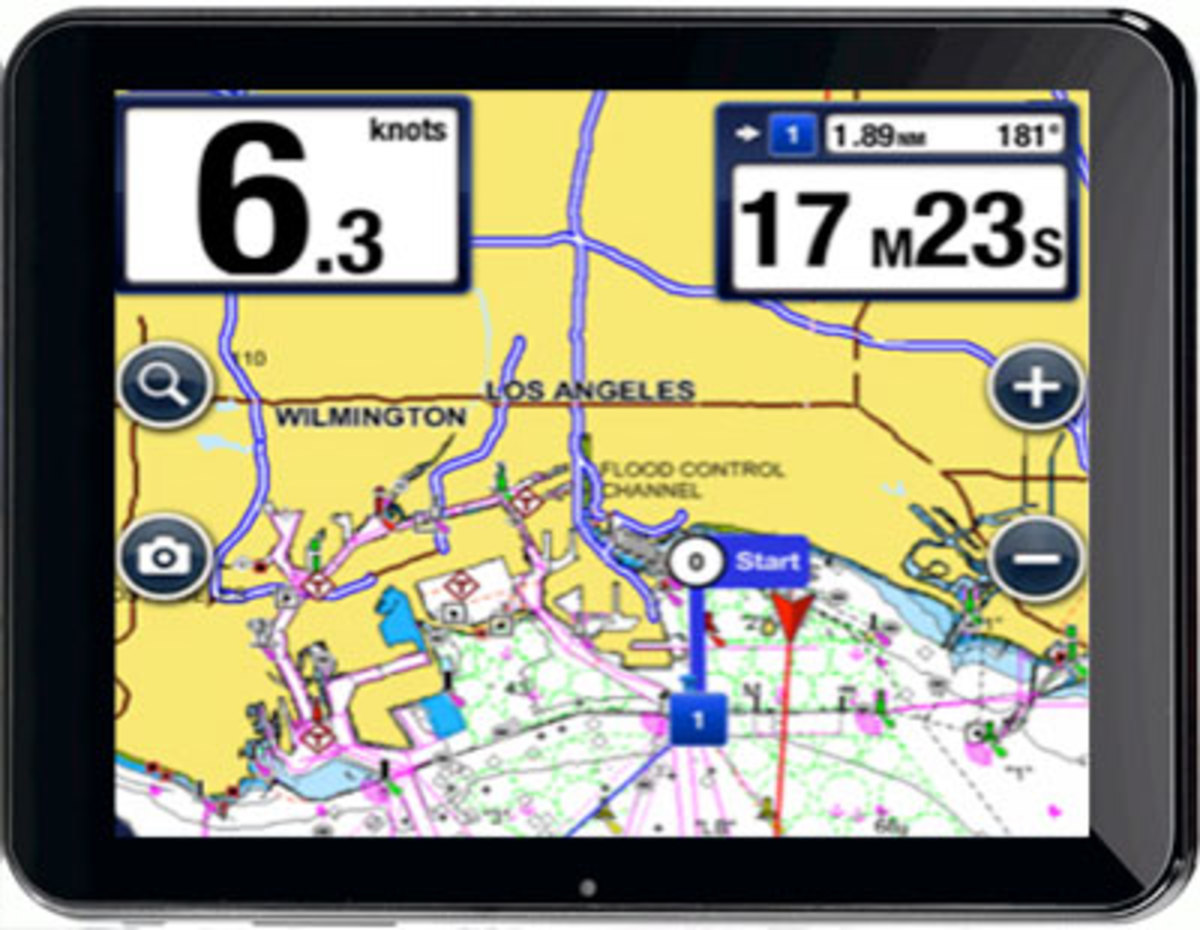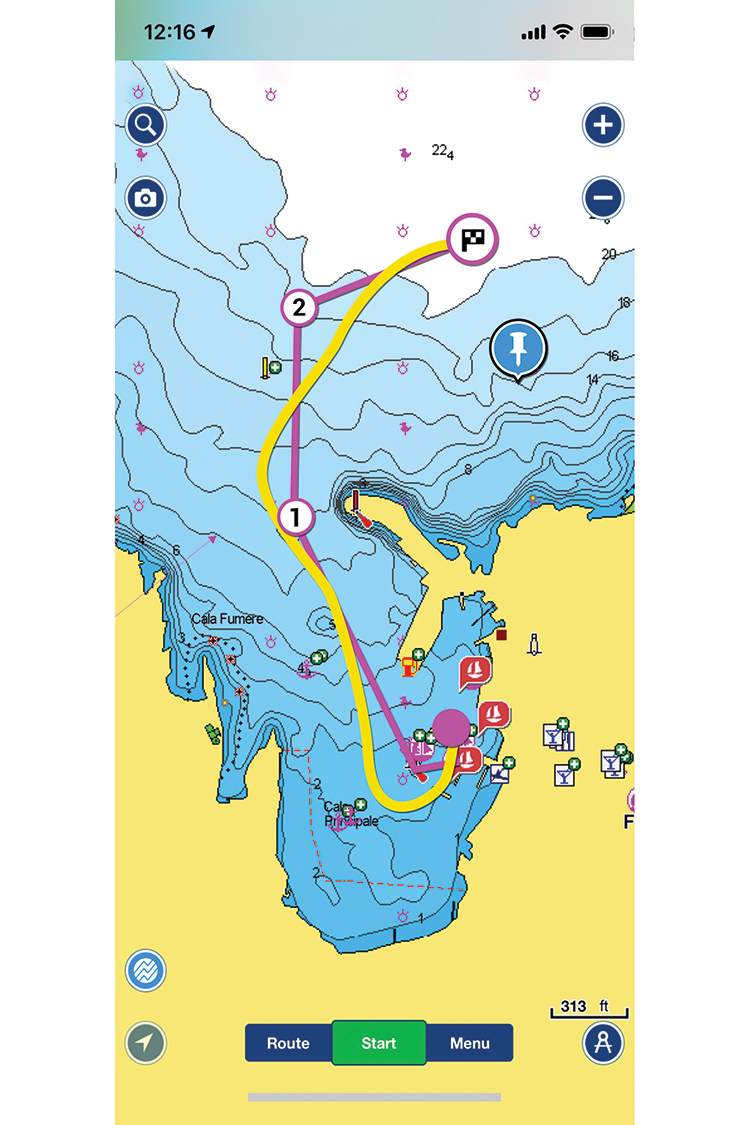

This takes in the shipping channel as well as a narrow, marked swatchway with frequent changes of direction and numerous marks, which would give each app a good trial. This done, we planned a route from the PBO Project Boat’s mooring off East Dorset Sailing Club in Poole Harbour around to the Upper Wych channel and Shipstal Point. We loaded the apps onto their relevant tablets – an iPad 2 for the Apple apps and a Samsung Galaxy Tab 3 for the Android apps, looking at how easy and intuitive installation was, as well as considering the ease and cost involved in downloading and installing the cartography for each app. To look a bit harder to find a suitable waterproof case for your Android – but they are out there. Most tablets can be charged from a 12V cigarette socket, although for the iPad in particular you’ll need a socket capable of outputting 2.1A.Ī huge range of cases are available – most of them for the iPad, it seems. Vector charts are made up from a number of layers and are much more adaptable, with adjustable levels of detail and interactive features like tidal information. Raster charts are simply scanned versions of paper charts, overlaying position, routes and waypoints. iPads cost from around £349 for an older- generation iPad 2 with GPS. You can get simple, cheap tablets like Tesco’s own-brand Hudl from around £100 new, all the way up to the waterproof Xperia range at around £400. Older models are available from around £80, reconditioned. We used a Samsung Galaxy Tab 3, bought from Tesco for £139.

There are even more options when it comes to Android tablets. Non-GPS iPads can be converted with a plug-in GPS antenna, but this makes it tricky to fit inside a waterproof case. If you’re using an iPad you’ll need to get one with 3G capability – WiFi-only models come without the internal GPS. There is a bewildering array of products out there. But given a good waterproof case – and a fall-back system if the tablet fails – they are extremely useful to have on board. For one thing, most are not waterproof (the exception being the Sony Xperia Z range, which is waterproof and ruggedised), and their screens aren’t optimised for viewing in sunlight. After all, most tablets aren’t designed for the rough-and-tumble of life on board a boat. There are more apps available for iPad, but Android tablets are available more cheaply – a consideration if you’ll be using it near water. Users of iPad and Android seem to divide into two camps. Others are all-inclusive, while some allow you to use charts of your choice downloaded from elsewhere – so check you know what you’re getting.
#How to place waypoints on navionics android app free
When looking to use navigation apps, don’t take the advertised price as read: some sailing apps are free to download, but then require in-app purchases of the relevant charting. Since we last took a look at boating apps in February 2012 the number of them has increased tenfold, helped partly by the recent release of UKHO data in Vector chart format. For significantly less than the cost of one of the best chartplotters you can use your tablet computer as a fully-functioned plotter and navigation tool. Tablet computers have become increasingly popular in all walks of life, so it’s perhaps inevitable that sailors would find a use for them on board their boats.


 0 kommentar(er)
0 kommentar(er)
